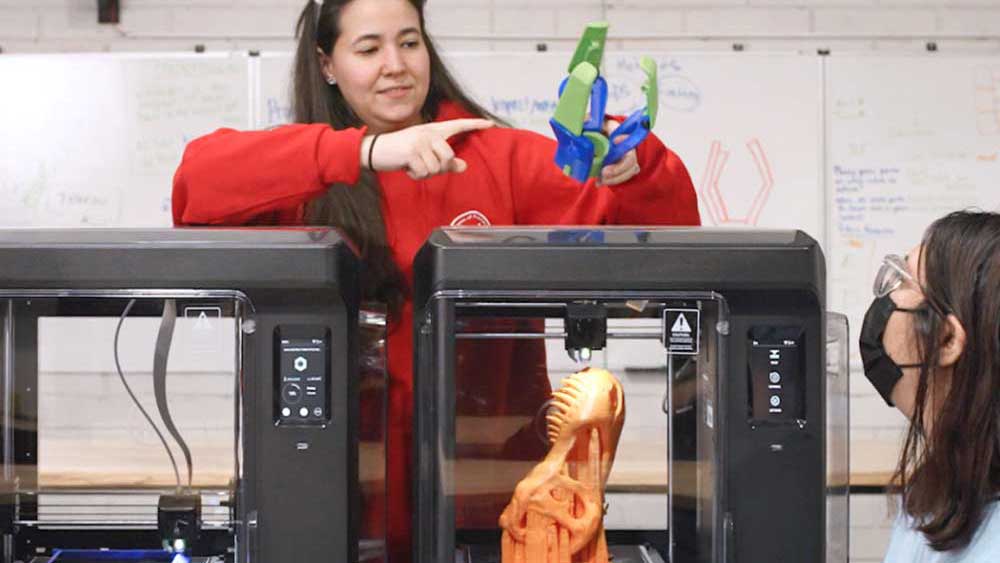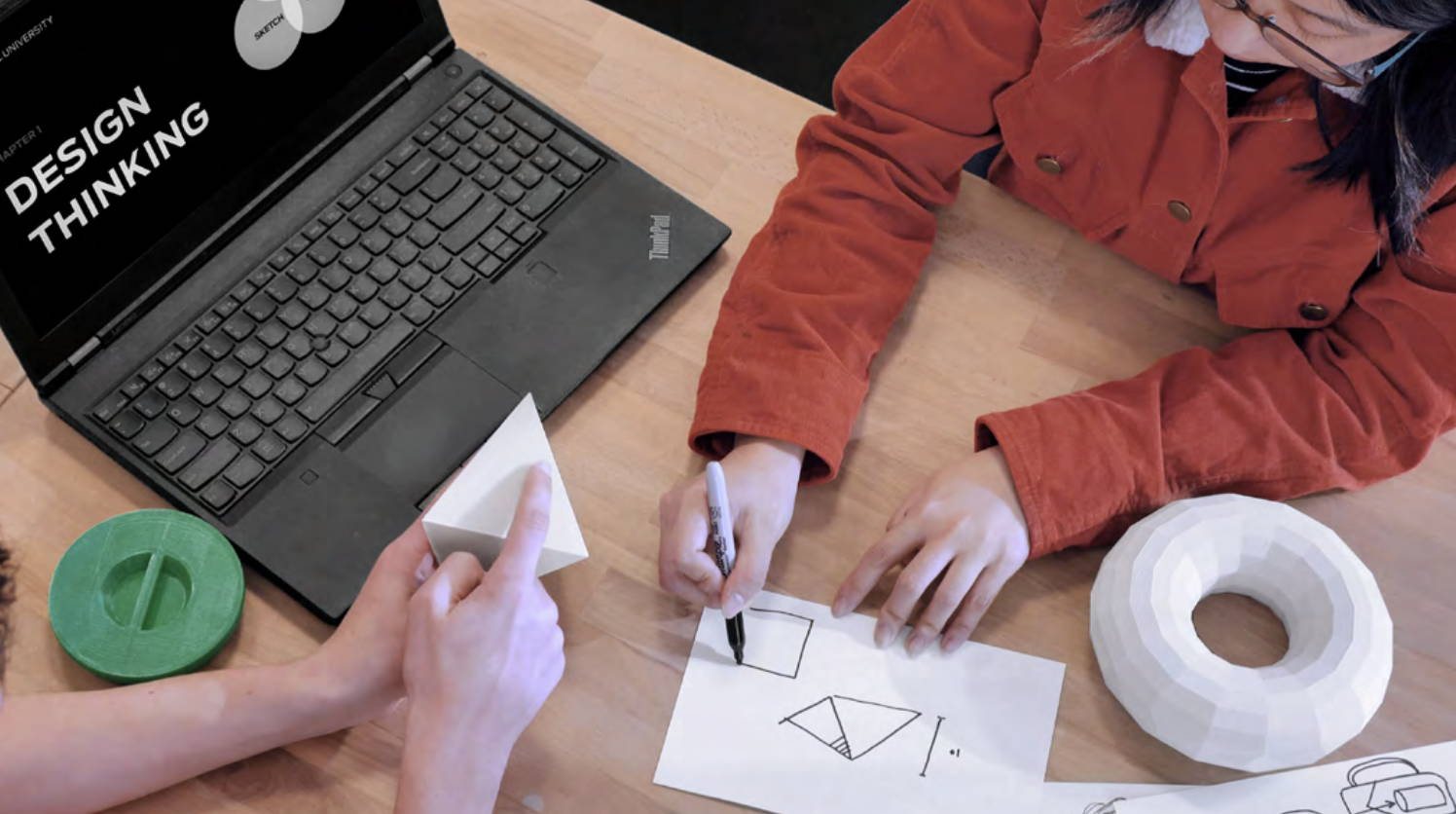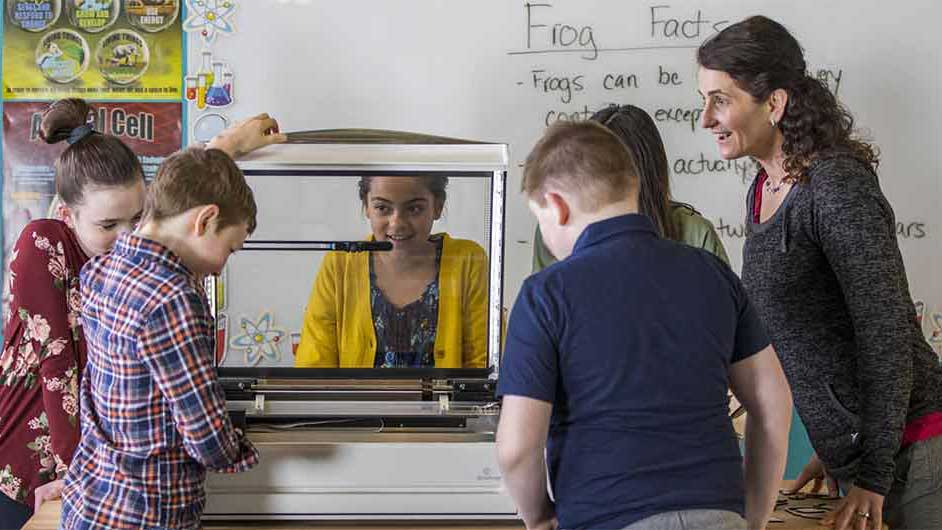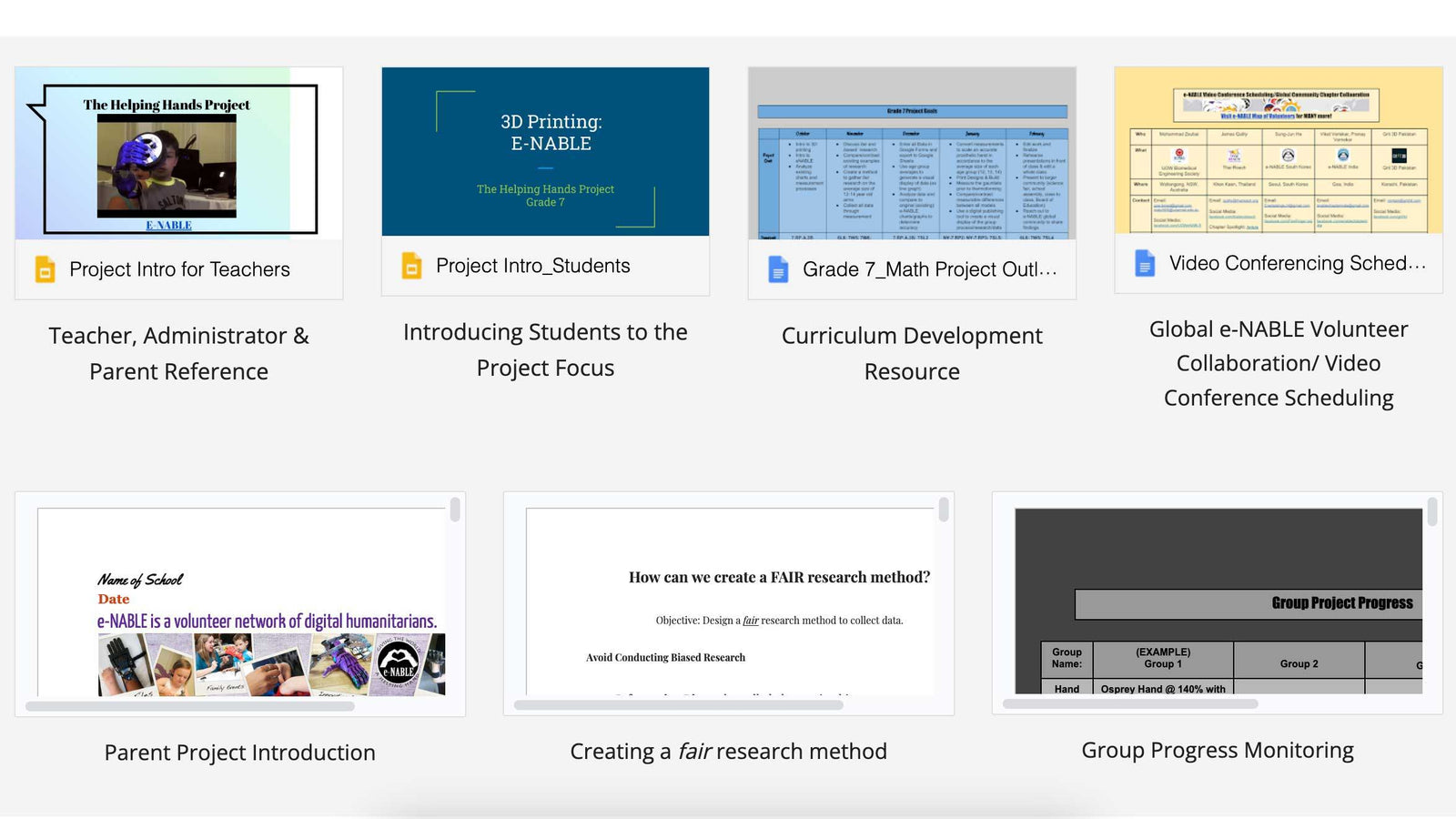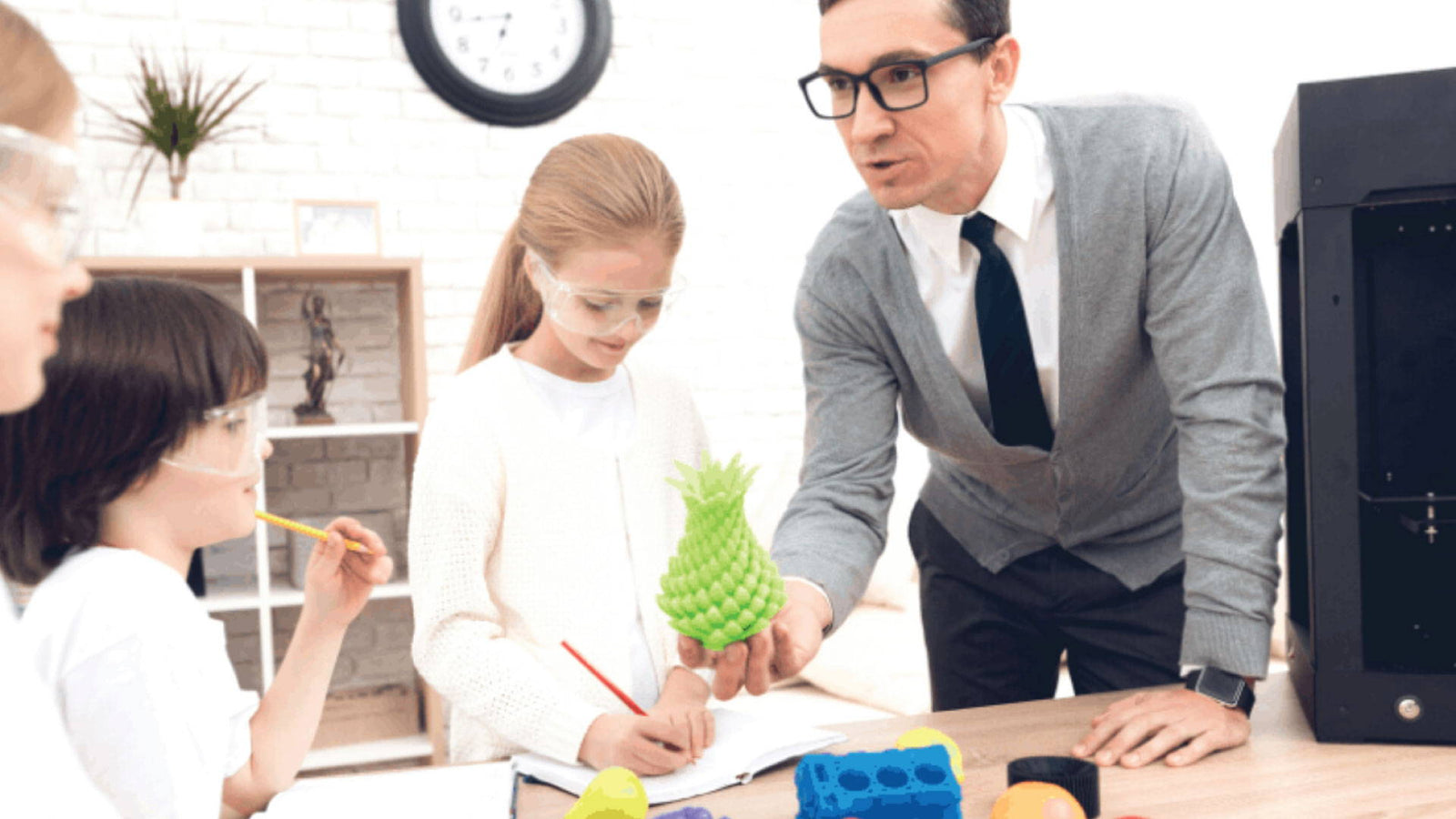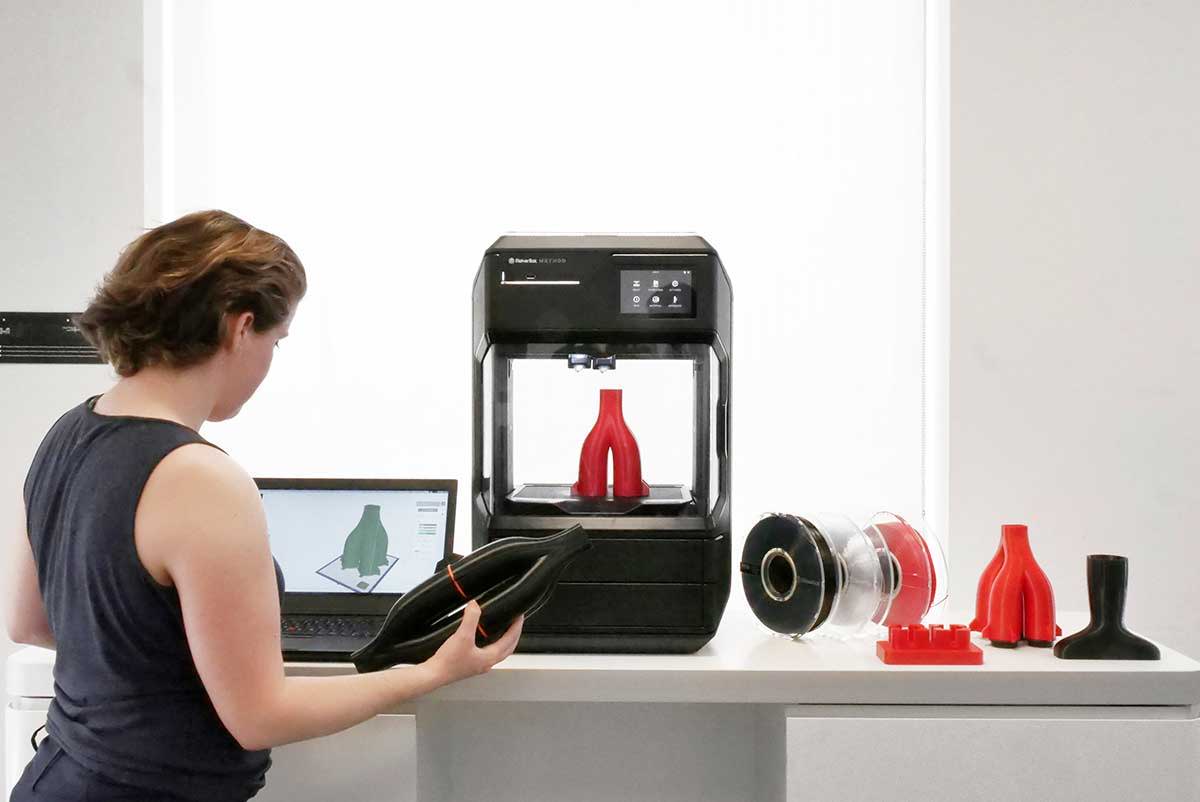Opportunities for 3D Printing in K-12 Education
June 08, 2023
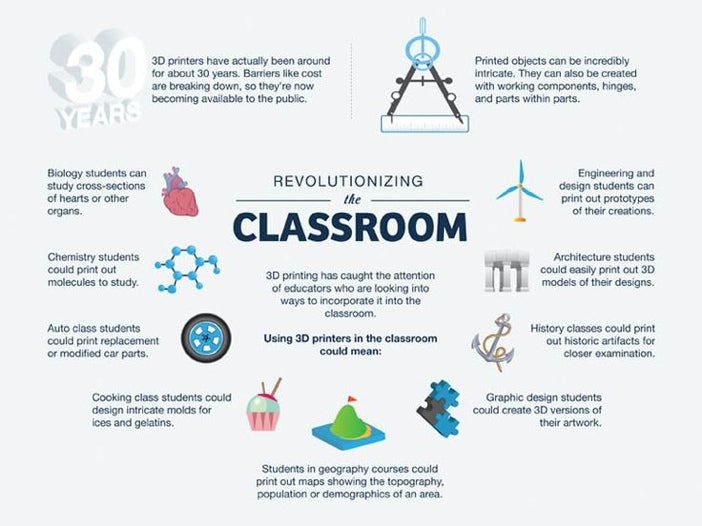
As discussed in a previous post, there are exciting opportunities for 3D printing in K-12 education curriculum. It can help to bring ideas to life in a tangible form that can help facilitate new understanding.
Here are just a few possibilities that come to mind for using 3D printing as part of a K-12 curriculum:
3D Printed Bridge-Building Contest
Challenge kids to design, model and print a bridge that can span a space of about six or seven inches (that way, the bridge will fit on most 3D printer build platforms).
Limit them to a specific amount of filament used to create the bridge (the 3D printer and/or slicing software will tell you exactly how much filament any given model uses, so you would just have the students submit their STL files to you for analysis).
For younger kids, an adult can help do the 3D modeling, but the kids can still figure out what design they want and then see the result created before their eyes.
When one bridge breaks, they would just make a change in the model to try to address the issue, then reprint.
3D Printed Models to Illustrate Complex Ideas
Simply providing students with a 3D printed model that they can hold in their hands, turn around and look at from all angles can be very helpful.
Examples might include molecular/atomic models, biological models (i.e. internal organs), or geometric models that illustrate mathematical concepts.
For physics classes, models for things like catapults, working gears, pulleys, etc. can be printed to illustrate specific principles.
Product Design Challenge
Challenge students to come up with a unique design for a new product, or an improved design for an existing one.
Students would then 3D model the product (with help from adults as needed) and then print it out.
Not only does this create an incredible experience for the student, as they are able to take an idea and turn it into a physical reality, but it also provides valuable experience in terms of the modern product development lifecycle.
Replicas of Famous Figures and Historical Locations for History or Social Studies Class
Teachers can 3D print busts of famous figures so students can experience them in three dimensions.
Historical locations such as Stonehenge, the Great Pyramids of Giza, the Roman Colosseum, the Eiffel Tower, Statue of Liberty, etc. can also be printed.
The Smithsonian Museum has undertaken a massive project of 3D scanning their collection of over 137,000,000 artifacts and making them available online, here: http://3d.si.edu
So, for example, you can now download a detailed life mask of Abraham Lincoln, made a day before his 56th birthday, in the STL file format, ready for 3D printing!
Architecture and Interior Design
Have students design a house or other architectural structure, or design the interior of a single room, then 3D model and print the design.
There are software tools available that make these kinds of designs easy to create with mostly dragging-and-dropping components where you want them.
Just make sure to pick a software package that can export to an STL file for printing.
For example, http://www.sketchup.com/, which has a plugin available to import/export STL files, available HERE.
They also offer K-12 grants and deeply discounted educational pricing.
Digital Sculpting
Art students can explore digital sculpting, using software to virtually sculpt a model, just as they would if working with clay.
For example, Autodesk makes many of their excellent applications available free of charge to students and educators.
Go to HERE and check out 123D Sculpt if your students have access to iPhone or iPad devices. They can create a model by 'pushing' and 'pulling' on a virtual lump of clay, then export the file for 3D printing.
It's a very easy and intuitive way for kids to get started with 3D modeling.
3D Printed Prosthetics
In a school with several thousand students, there's a good chance that one or more of those students are missing fingers, a hand, or some other limb.
What if a group of students could 3D print and assemble a fully functional prosthesis for that person?
Well, it's very possible, and some schools are working with the e-NABLE volunteer community to do exactly that.
See these links for more information:
http://www.3duniverse.org/2014/05/16/e-nabling-sierra/
http://enablingthefuture.org/2014/06/04/students-3d-printing-hands/
http://enablingthefuture.org/2014/03/10/teaching-to-e-nable-others/
http://enablingthefuture.org/2014/02/28/e-nabling-young-minds/
- Texas High Schoolers Create Hand for Toddler
- Illinois High School Class Uses 3D Printer to Build Hand for 9-Year-Old
- 3D printers expand learning for students
More 3D Universe blog posts:
My son's creation, a 3D Printed Marble Display Stand can be found HERE
Check out my other Taulman T-Glase vase print HERE

